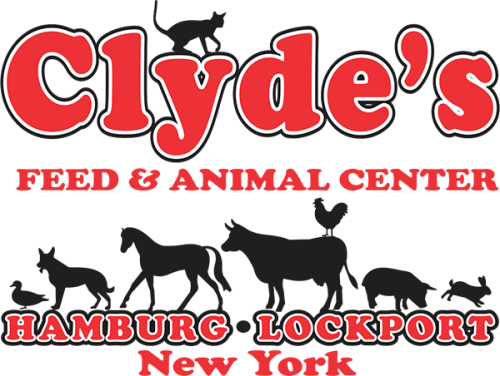It is a difficult task walking into a pet store and trying to find the best possible food for your beloved dog or cat. There are hundreds of bags, many claiming to be “natural” but is it really? Pet food that is marketed and sold as natural, if labeled correctly, is required to have a statement on the packaging similar to, “Natural with Added Vitamins and Minerals.” This statement is a disclaimer to let the consumer know that the added vitamins and minerals are not natural.
Early in the 20th century companies began manufacturing cheap synthetic forms of vitamins, minerals and amino acids. These synthetic chemical forms of nutrients began to be widely used in fortifying processed foods or natural by-products of foods that lacked the normal amount of these elements. With their use also came the necessary studies to determine their safety levels. Unfortunately, the man-made forms of these elements do not come without risk. Many have toxic levels and some even lethal dose levels. The National Research Council (NRC) has published two books on this subject; Vitamin Tolerance of Animals and Mineral Tolerance of Domestic Animals. There are some very interesting statements in these books. To paraphrase, these books say that studies of these elements are incomplete, but the NRC uses the insufficient data along with inference and extrapolation to come up with what they call “the presumed upper safe level” to recommend on each of the man-made synthetic forms of vitamins and minerals. They go on to admit that the “presumed upper safe level” determined from insufficient data using extrapolation and inference should be alright to use for a short period of time without showing signs of intoxication. Furthermore, they say that studies of one year or more to learn potential long-term effects have generally not been conducted but should be. Also, generational studies on the potential negative effects of synthetic supplements have not been done but should be. Lastly, tests have admittedly been conducted on single elements only. Studies to learn the potential negative effect of two or more elements combined at elevated levels is admittedly an unknown which, the NRC says, should be studied. Today, every commercial dry and canned dog and cat food adds as many as 26 of these chemically synthesized vitamins and minerals which the scientific community states long term effects of two or more at elevated levels is virtually unknown.
A sad example of the dangers of these chemical supplement compounds was experienced by the Venezuelan polo team at the U.S. Open in 2009. Prior to the event the team of polo ponies was given a synthetic supplement concoction that included supplemental synthetic selenium. In total 21 ponies died. It was determined by the University of Florida that up to 20 times normal levels of selenium were found in the pony’s tissues. David Barber, the University’s toxicologist, determined that there were abnormally high levels of selenium found in the blood and livers of the ponies.
In the spring of 2006 high levels of Vitamin D3 added to a pet food killed a number of dogs and cats due to a formulation error of this synthetic vitamin, causing a condition called hypercalcemia (elevated blood calcium) and causing those pets to go into renal failure. Most died within three to four days after eating the food.
In studies on animals, the negative effects of high levels of these man-made forms of vitamins and minerals are everything from renal failure and cancer to hypercalcemia and death. Health organizations and health professionals’ time and again have encouraged getting our nutrients from food. Numerous times wrong amounts of synthetic nutrients have been formulated into pet food or pet supplements with the end results being illness or death to pets and costly recalls. When the scientific community admits more studies need to be conducted on the use of these elements, the case appears very convincing that it is better and safer for both humans and pets to get their nutrients from food.
Thankfully there is a food you can feel good about. All nutrients in Nature’s Logic diets come from the real whole foods. This is the logical way pet food should be and is the logic behind Nature’s Logic. You can see for yourself at www.natureslogic.com.





Comments